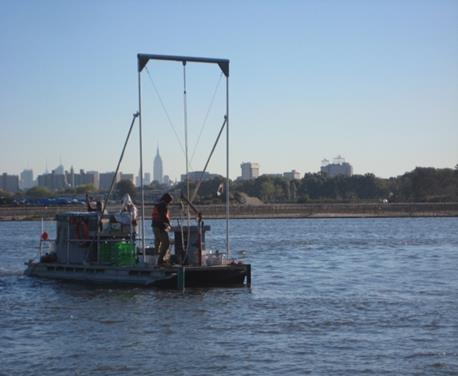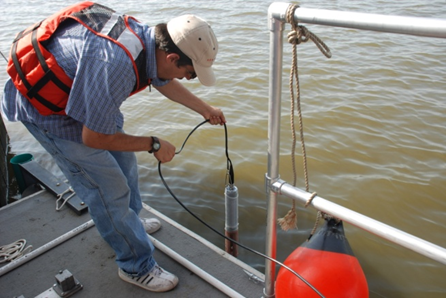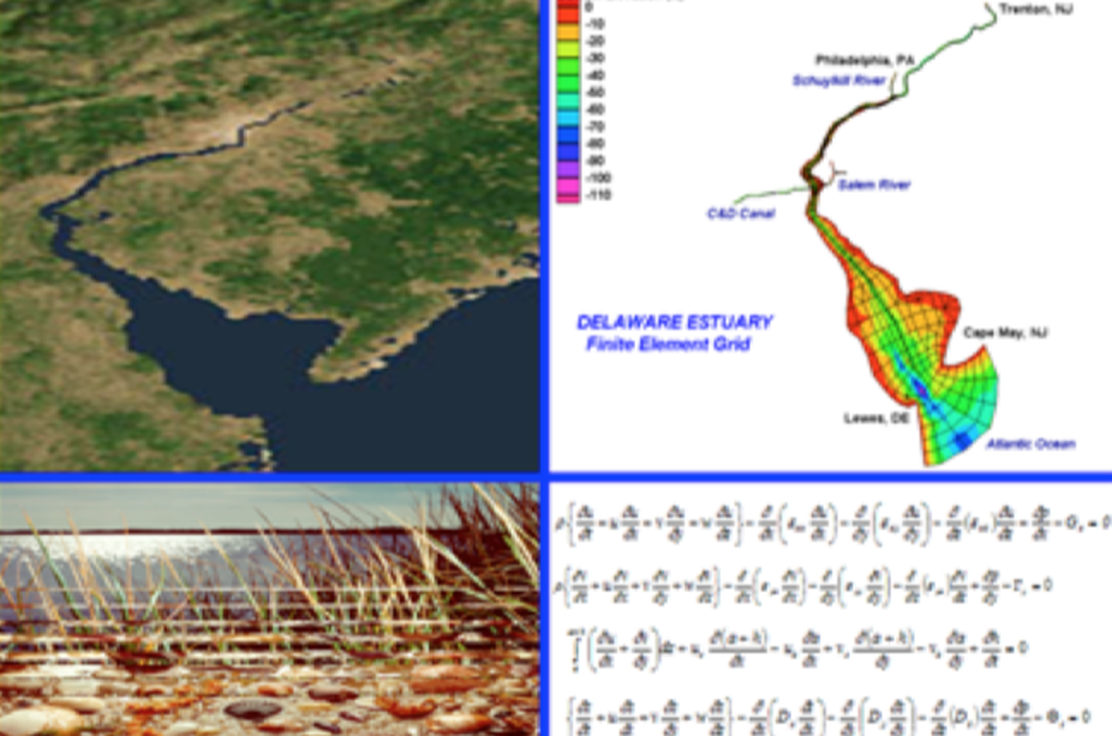Project Summary
Full Summary
The Hackensack River Estuary (HRE) is a narrow inland extension of the NY-NJ Harbor which includes the Hackensack Meadowlands, a large tidal wetlands complex.
The Hackensack River Estuary (HRE) is a narrow inland extension of the NY-NJ Harbor which includes the Hackensack Meadowlands, a large tidal wetlands complex. Due to its limited inputs of fresh water, large inputs of treated wastewater, and a variety of other water quality stressors, the HRE experiences depressed dissolved oxygen (DO) concentrations.
Najarian Associates began a detailed study of HRE water quality in the late 1980’s when NJDEP required an upgrade of treatment levels at plants discharging to the HRE. Bergen County Utilities Authority (BCUA), the largest HRE discharge at that time, contracted Najarian Associates for their expert water quality modeling and assessment.
In 1990, Najarian’s study analyzed the impact of the 70-mgd BCUA wastewater discharge on the water quality of the Estuary.
HRE Water Quality Study Goals
The goal of the study was to investigate the degree to which the treatment plant flows affect water quality, with consideration to other influencing factors, including:
- Landfills
- Municipal Wastewater Discharges
- Industrial Treatment Facilities
- Thermal Discharges from PSE&G Generating Stations
- Combined Sewer Overflows (CSO)
- Storm Sewer Discharges
- Tidal Marsh Drainage
- Flow Manipulation for Water Supply
Najarian designed an extensive water quality monitoring program to characterize such sources. The USEPA’s SWMM4 model was used to simulate stormwater discharges from CSO’s and storm sewers. The MIT‑DNM model, developed by Dr. Najarian for the HRE, was used to simulate the tide and water quality regime of the HRE and adjacent Newark Bay.
The Najarian model found that the environmental benefits to DO levels did not justify the high cost of the proposed “state-of-the-art” plant upgrade.
Phase 1 TMDL
The first phase of TMDL was developed for the HRE, which included a Harbor-wide Nutrient TMDL study for USEPA that recommended “state-of-the-art” effluent limitations for all HRE discharges. However, it was not based on detailed hydrodynamic/water quality simulations of the HRE.
Phase 2 TMDL
With the cooperation of BCUA, the USEPA was petitioned to allow the use of the BCUA-HRE model for Phase 2 TMDL.
Upon agency review, it was decided that:
- The BCUA-HRE model was an appropriate tool for this purpose;
- USEPA would convene a Model Evaluation Group (MEG) to oversee the study;
- New monitoring data would be collected to update and re-validate the model; and
- The model would be enhanced to provide a simulation of primary productivity.
Accordingly, Najarian designed separate modeling and monitoring programs and prepared associated work plans. Both were reviewed and approved by the MEG, NJDEP, and USEPA.
Najarian Associates was responsible for all phases of updating and expanding the BCUA-HRE model which included:
- Updating the SWMM model to reflect current conditions and include nutrients
- Updating and modifying MIT-DNM to simulate primary productivity
- Analyzing data from the monitoring program to calibrate and verify the revised model
Long-Term Simulation
Presently, Najarian is employing the model for long-term simulation of various treatment plant discharge and non-point loading scenarios. The model will be interfaced with the SWMM model for non-point source inputs and with the Harbor complex model. Final model results will be presented to, and reviewed by, the MEG.



